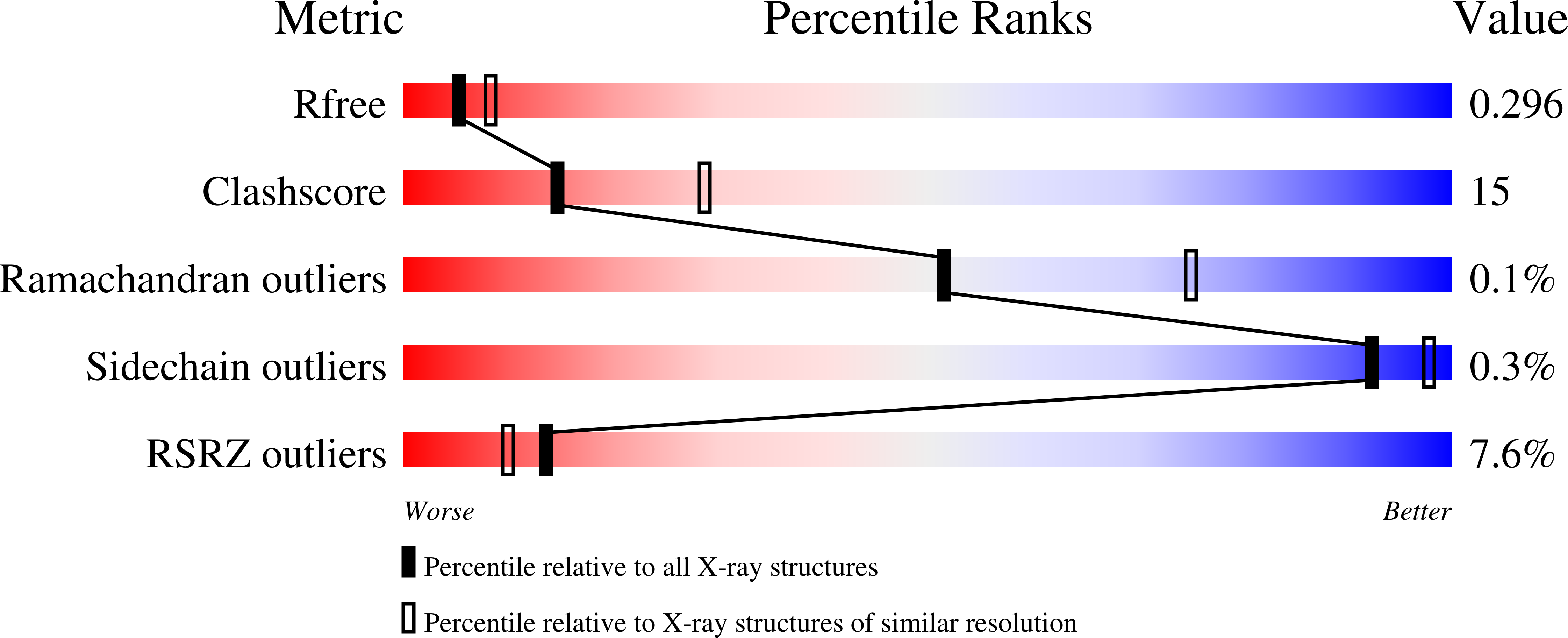
Deposition Date
2022-03-16
Release Date
2022-06-01
Last Version Date
2023-10-18
Entry Detail
PDB ID:
7UCI
Keywords:
Title:
SxtA Methyltransferase and decarboxylase didomain in complex with Mn2+ and SAH
Biological Source:
Source Organism:
Cylindrospermopsis raciborskii (Taxon ID: 77022)
Host Organism:
Method Details:
Experimental Method:
Resolution:
2.60 Å
R-Value Free:
0.29
R-Value Work:
0.23
R-Value Observed:
0.24
Space Group:
P 1


